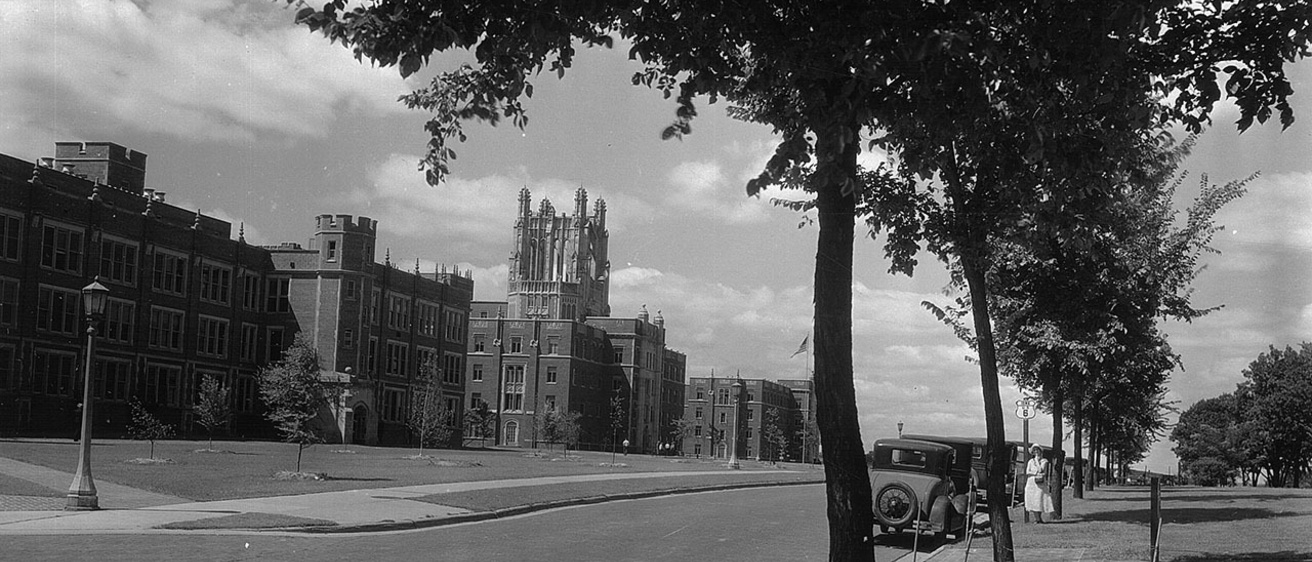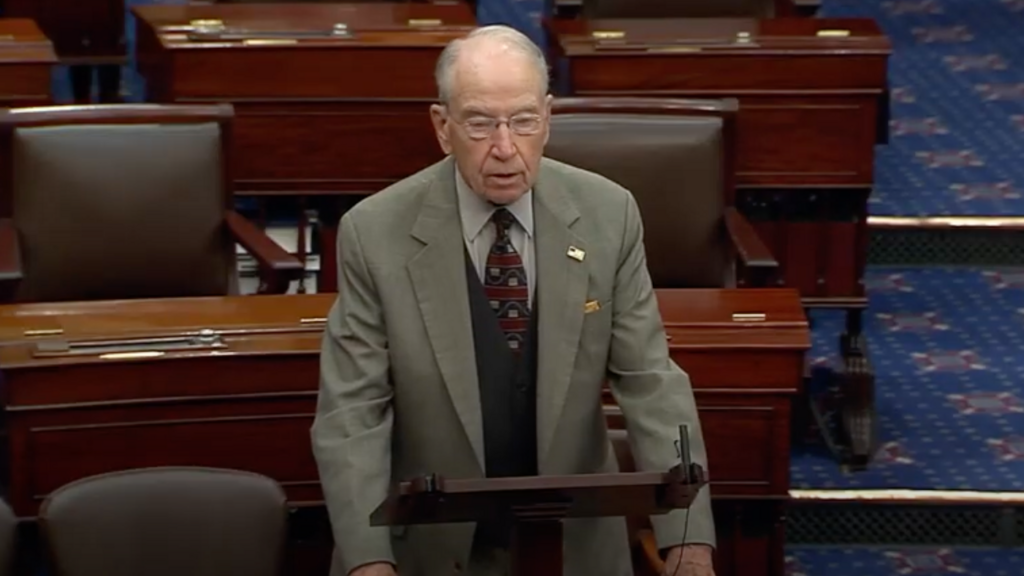Main navigation
A Retrospective of the University of Iowa Ophthalmology Department
2025 is the 100th anniversary of the University of Iowa Ophthalmology Department. In celebration of a century of Iowa ophthalmology we are taking a look back decade by decade. Find links to each decade of our history as 2025 goes on.
100 Years of Iowa Ophthalmology Centennial Video
This video delves into the history of the University of Iowa's Department of Ophthalmology and takes a look at what made the department one of the most well known in the world today.
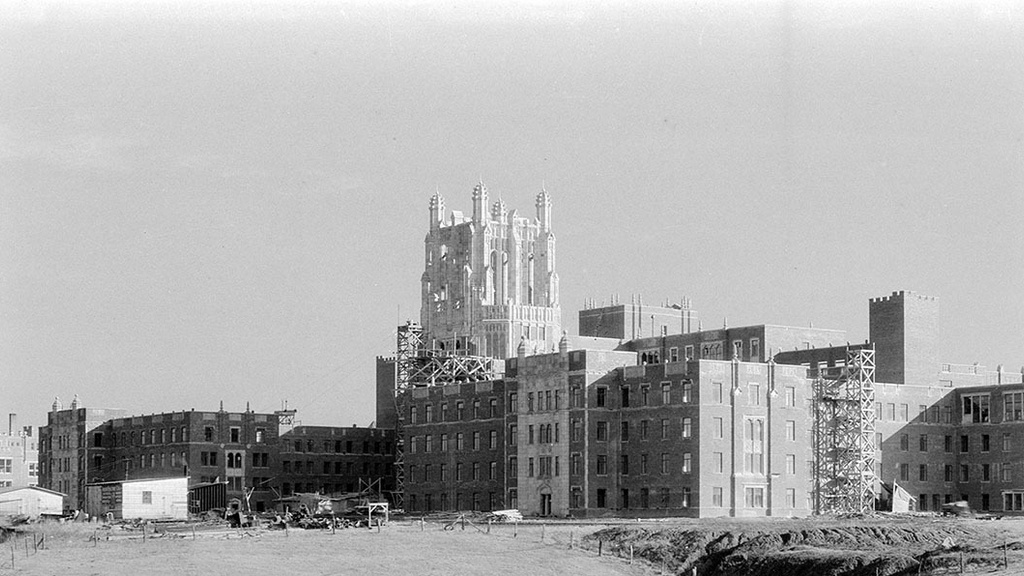
Before 1925 - 100 Years of Iowa Ophthalmology
Discover the events leading up to the the founding of the University of Iowa Ophthalmology Department and the remarkable journey of Dr. Cecil Starling O'Brien, from his early days in Indiana to becoming the first head of the ophthalmology department at the University of Iowa. Follow his path through military service, groundbreaking medical advancements, and his dedication to ophthalmology that shaped his legacy in Iowa City.
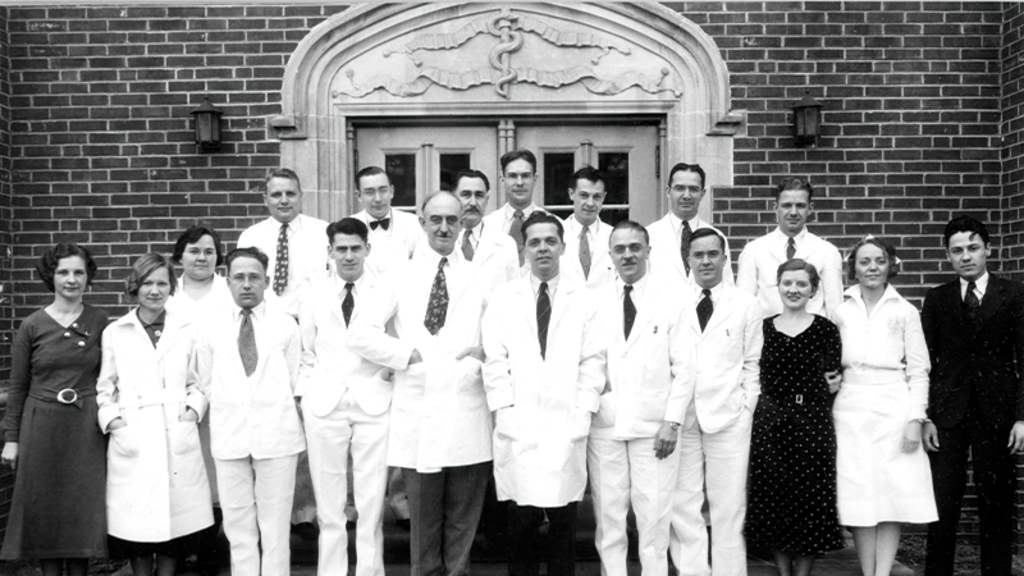
1925 to 1934 - 100 Years of Iowa Ophthalmology
Look back on a timeline of events that shaped the University of Iowa Ophthalmology Department. Read the story of Dr. C.S. O'Brien's founding of the University of Iowa's Ophthalmology Residency Program that quickly became one of the best training environments in the country. His rigorous approach, including daily lectures, strict routines, and hands-on surgical training, produced many renowned ophthalmologists.

1935 to 1944 - 100 Years of Iowa Ophthalmology
Between 1935 and 1944, the University of Iowa's Department of Ophthalmology, led by Dr. Cecil Starling O'Brien, saw major advancements in clinical practice, research, and education. Dr. O'Brien, elected as a director of the American Board of Ophthalmology in 1937, recruited key figures like illustrator Lee Allen, biochemist Peter Salit, and microbiologist Phillips Thygeson, enhancing the department’s expertise. The department outgrew its original space, leading to expansion plans by 1946. Dr. O'Brien also established a rigorous residency program and initiated morning rounds, which became a cornerstone of training. By the end of this period, the department had solidified its reputation as a leader in ophthalmology.

1945 to 1954 - 100 Years of Iowa Ophthalmology
The post-World War II era was a transformative period for many institutions, and the University of Iowa's Department of Ophthalmology was no exception. The department experienced significant growth and innovation, setting the stage for its future prominence in the field of ophthalmology.

1955 to 1964 - 100 Years of Iowa Ophthalmology
Between 1955 and 1964, under Dr. Alson E. Braley’s leadership, the University of Iowa's Department of Ophthalmology saw major advancements. Dr. Braley, trained in corneal transplants, performed Iowa’s first such procedures and founded the Iowa Lions Eye Bank in 1955. The department expanded its residency program, increased annual patient visits sixfold, and pioneered rapid donor eye transport with state highway patrol. Dr. Mansour F. Armaly joined in 1955, establishing the university’s glaucoma service and advancing research in disease detection.
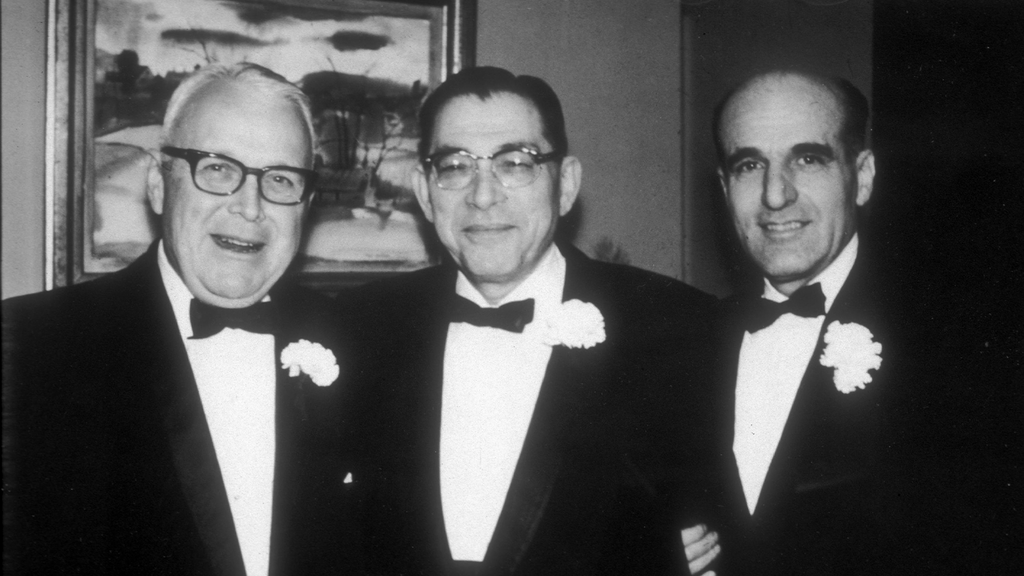
1965-1974: 100 Years of Iowa Ophthalmology
The period from 1965 to 1974 was a transformative era for the University of Iowa's Department of Ophthalmology. Under the visionary leadership of Dr. Frederick C. Blodi, who took the helm in 1967, the department experienced remarkable growth and innovation. This decade laid the foundation for many of the modern advancements in ophthalmology that we benefit from today.
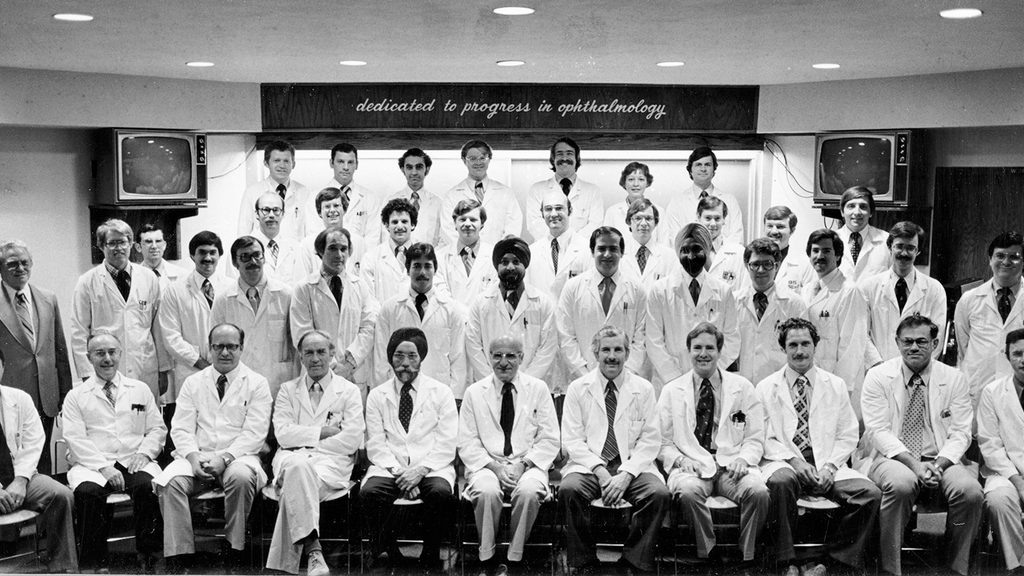
1975 to 1984 – 100 Years of Iowa Ophthalmology
The period from 1975 to 1984 was a transformative era for the University of Iowa's Department of Ophthalmology. Under the leadership of Dr. Frederick C. Blodi, who served as department chair from 1967 to 1984, the department solidified its reputation as a leader in ophthalmic care, research, and education. This decade saw significant advancements in clinical services, research, infrastructure, and community outreach, positioning the department at the forefront of ophthalmology.
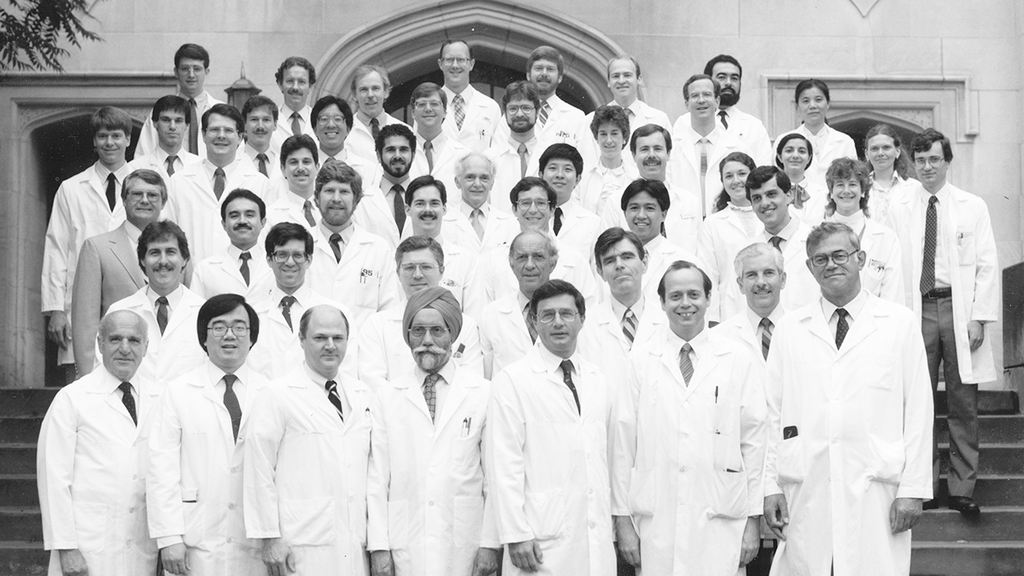
1985 to 1994: 100 Years of Iowa Ophthalmology
The University of Iowa's Department of Ophthalmology experienced a transformative decade from 1985 to 1994, marked by significant advancements in research, education, and clinical care. This period saw the department solidify its reputation as a leader in ophthalmic innovation, driven by groundbreaking research, substantial funding, and a commitment to improving patient outcomes.
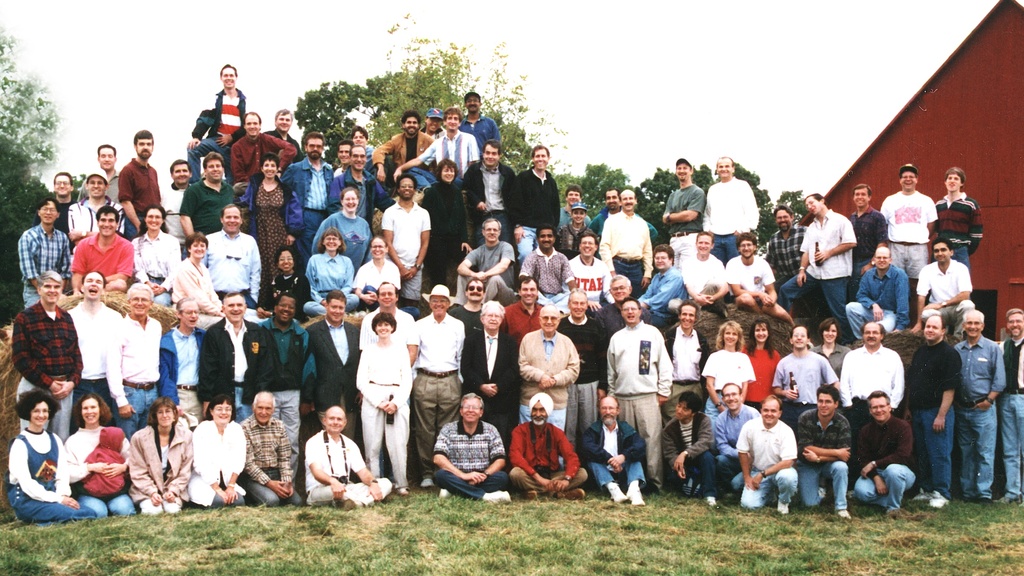
1995 to 2004 - 100 Years of Iowa Ophthalmology
The University of Iowa's Department of Ophthalmology has long been a pillar of innovation, education, and patient care. Between 1995 and 2004, the department cemented its status as one of the nation's premier ophthalmology programs through groundbreaking research, state-of-the-art facilities, and a commitment to excellence in clinical care. From leadership transitions to scientific discoveries, this decade was marked by remarkable achievements that shaped the future of eye health.
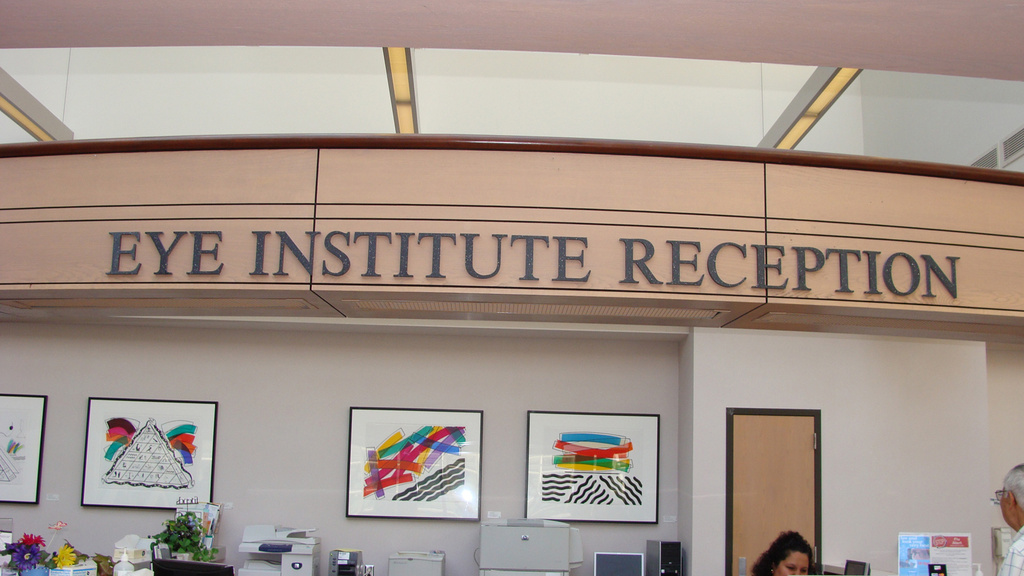
2005 to 2014: 100 Years of Iowa Ophthalmology
From 2005 to 2014 the University of Iowa’s Department of Ophthalmology and Visual Sciences solidified itself as a national leader in education, research, and patient care. Key achievements include the establishment of the Center for Macular Degeneration and the Hansjoerg E. Kolder Electrodiagnostic Laboratory, advancements in genetic testing and stem cell research, and the launch of EyeRounds.org for online education. Under the leadership of Dr. Keith Carter, the department expanded its clinical services, integrated innovative technologies, and received significant philanthropic support, solidifying its reputation as a hub for ophthalmic excellence.
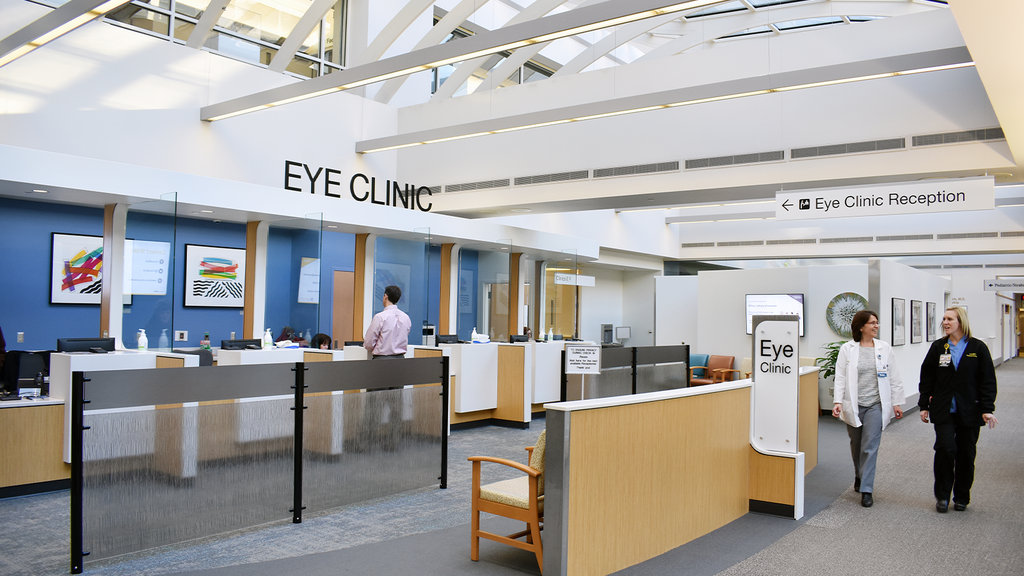
2015 to 2025: 100 Years of Iowa Ophthalmology
Since 2015, the University of Iowa Department of Ophthalmology and Visual Sciences has made significant strides in patient care, research, and global outreach. The department has expanded its Vision Rehabilitation Clinic, introduced innovative technologies like prosthetic scleral lenses, and partnered with clinics to increase accessibility to eye care. Research highlights include advancements in low vision technologies, neuro-ophthalmology, and stem cell therapy for age-related macular degeneration. Philanthropy has supported continuing education and international medical missions. The department has celebrated faculty achievements, engaged the community through events, and is preparing for its 100th anniversary in 2025. Looking ahead, the department aims to enhance its global outreach and leverage AI for improved patient outcomes.
